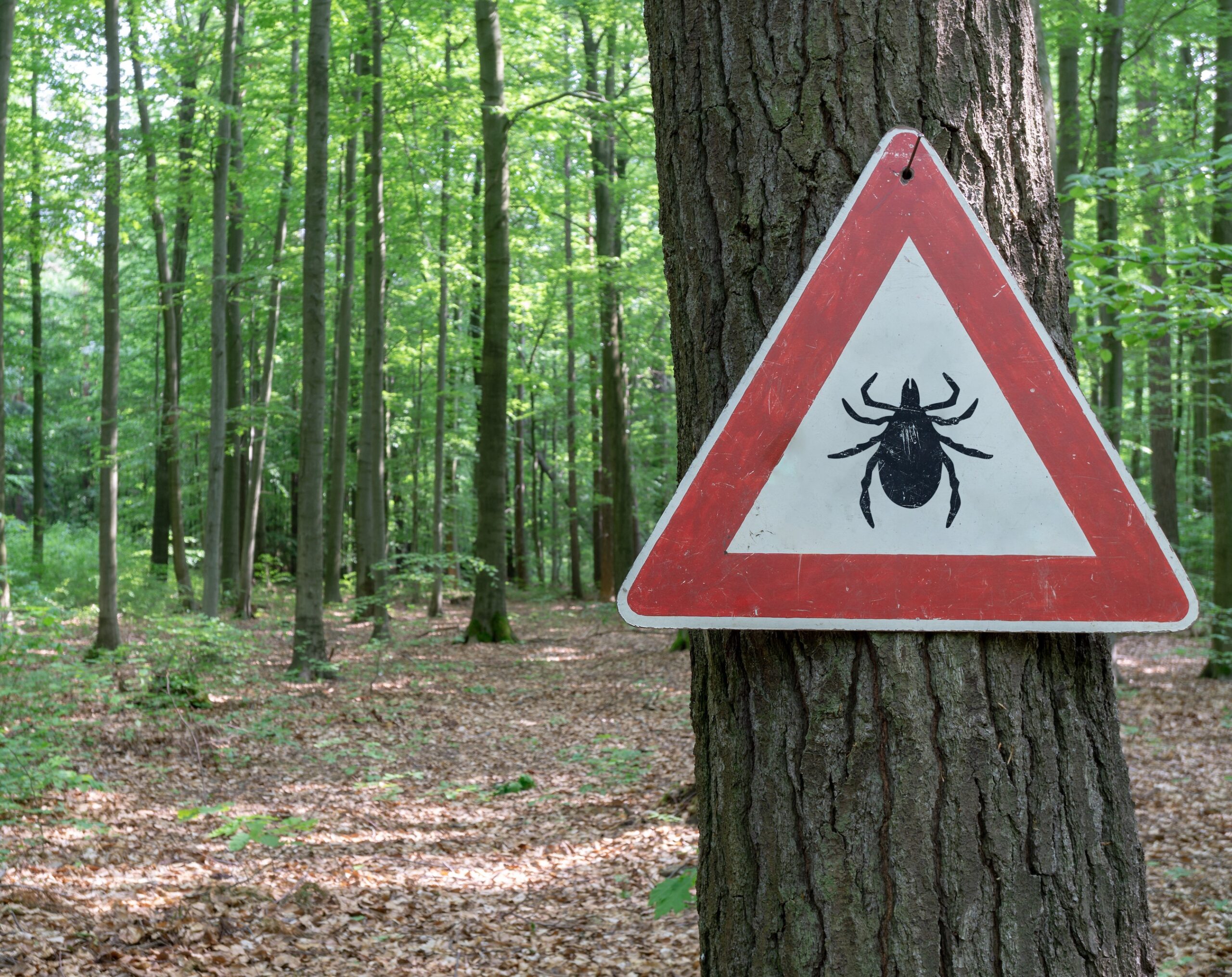What is Lyme disease?
Published on 22 July, 2022

Lyme disease, also known as Lyme borreliosis, is an inflammatory disease, involving multiple body systems and causing symptoms that mimic other diseases.
It is caused by the spiral-shaped bacterium Borrelia burgdorferi which may be transmitted to humans via the bite of an infected tick. Beginning with a bull’s eye rash (around 60 % of all infections), it progresses to flu-like symptoms, and can lead to arthritis and many other symptoms.
Several tick vectors carry Borrelia burgdorferi, primarily the deer tick Ixodes dammini (USA) and Ixodes ricinus (Europe). Tick populations are highest in moist environments such as log piles and leaf litter, and in wooded and grassy areas, but they can also be found in parks and gardens.
Early treatment is crucial
If left untreated, Lyme disease can progress to symptoms as serious as encephalitis, cardiomegaly, and inflammation of the pericardium and sensory nerves.
Lyme disease is diagnosed clinically
Often, much of the diagnostic process involves ruling out other illnesses so the entire case history and clinical picture will be considered, including a search for coexisting conditions and alternative diagnoses.
A practitioner will consider tick exposure, rashes (including atypical ones), the evolution of symptoms, response to treatments, and laboratory test results. They will also consider possible Lyme disease coinfections and opportunistic infections.
A bulls eye rash (erythema migrans) is only known to occur in Lyme disease so it is a very clear clinical indication for diagnosis but it only occurs in around 60% of cases.
Laboratory investigations—such as the Borrelia Elispot, Borrelia iSpot, Immunoblot, Seraspot, and Tickplex ELISA—may be used to support a clinical suspicion.
Contact AONM for further information info@aonm.org



